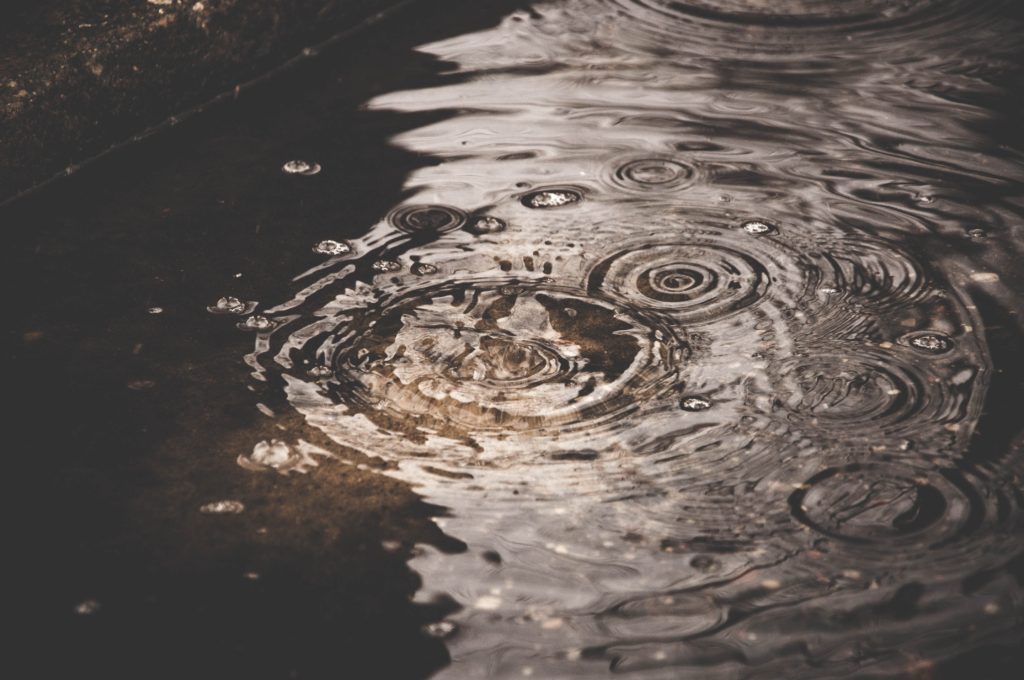Headaches are one of the most common self-limiting concerns we see at our office. In Canada, about 2.6 million females and 800,000 men get migraine headaches annually, representing a huge cost burden to our economy in medications and time off work.
There are four main classes of headaches.
 Tension-Type Headaches
Tension-Type Headaches
These are your average headaches that can be caused by dehydration, poor posture (eg. working long hours at your computer, staring at your phone, carrying a purse on one side of your body), fatigue, stress or hormonal imbalances. They are typically described as a band around the forehead, tension around the eyeballs or base of your skull.
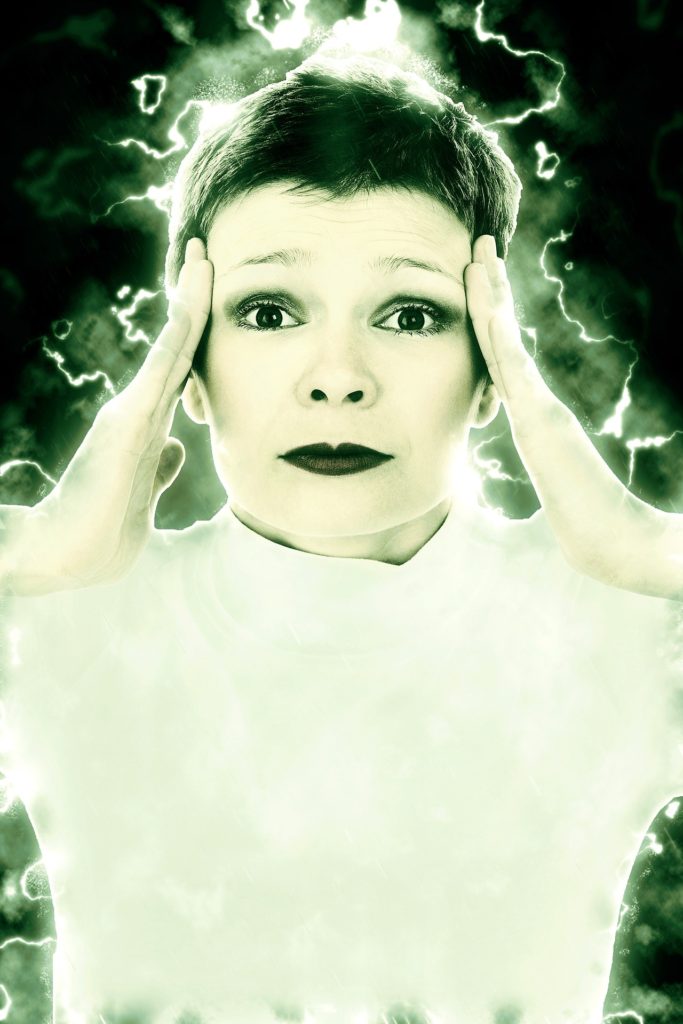 Migraine Headaches
Migraine Headaches
Migraine headaches are more commonly experienced by women and often have a stereotypical “aura” before the actual headache. An aura is a collection of symptoms, such as changes in vision, watering eyes or nose, nausea, light or noise sensitivity. Headaches can be experienced in similar locations as tension-type but may be more severe. Children can experience “abdominal migraines” aka stomach aches instead of headaches. Rest, hydration and pain-relievers can all be helpful if used early on.
Sinus Headaches
More common in the spring and fall, sinus headaches are often caused by allergies to pollen, dust, animal dander or food sensitivities. The pain is usually localized and feels like pressure in the forehead, around the eyebrows or around the nose and cheek area. Often a hot compress like a washcloth, or neti pot can help relieve the pressure.
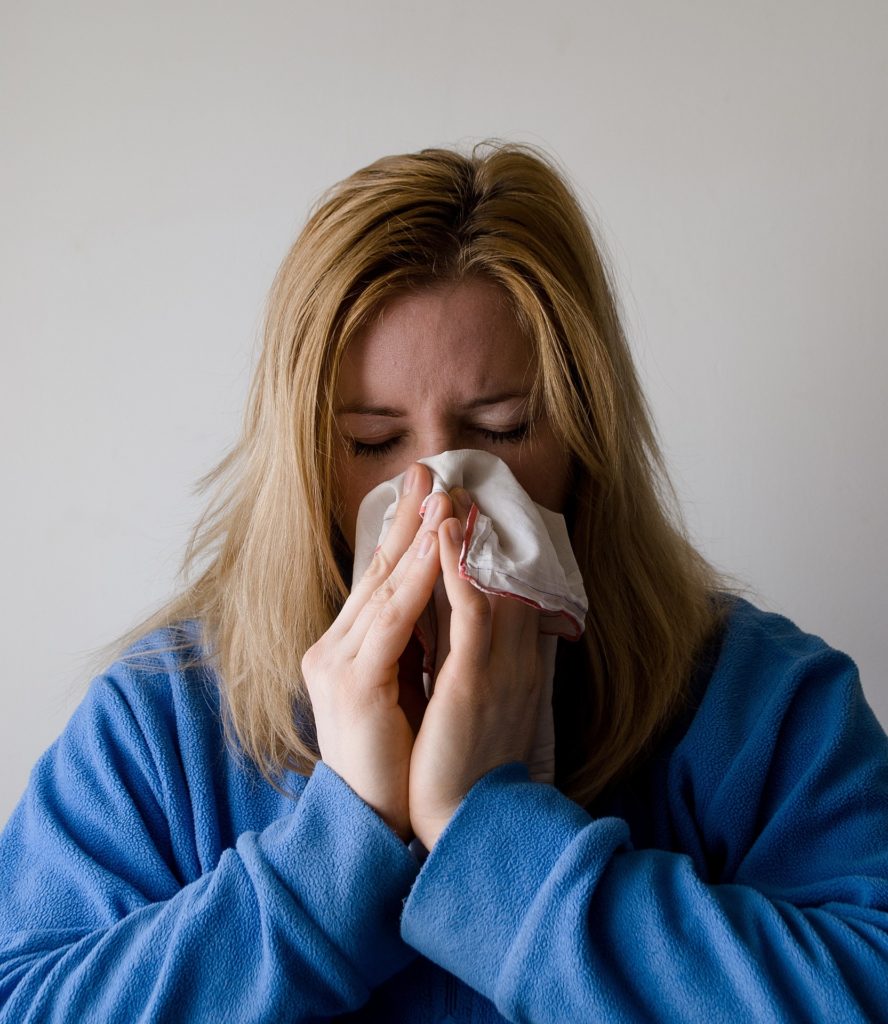
Cluster Headaches
Cluster headaches are usually experienced on one side of the head or around one eye and occur in clusters, for example, frequent severe headaches that can last in episodes of a few weeks. These are frequently mistaken for being migraine headaches.
How Massage Therapy Can Help
Addressing the cause of your headaches is an important part of your recovery and can help prevent them from re-occurring. Our posture while driving, carrying bags, sitting on the couch, sleeping or using a computer may be adding more tension to certain muscles, while other ones become weakened. Over time, this can lead to poor circulation in the area, trigger points and muscle hypertonicity (hard muscles) that make it difficult to function properly. A well-trained Registered Massage Therapist can do a thorough assessment on you, analyzing your posture and gait, taking you through a range of orthopedic tests to determine your muscle imbalances and can work with you to determine an effective therapeutic plan.
If you or someone you know is suffering from headaches, consider booking an appointment online or by calling 519-275-2187 ext. 5.
References:
-
O’Brien B1, Goeree R, Streiner D. Prevalence of migraine headache in Canada: a population-based survey. Int J Epidemiol.1994 Oct;23(5):1020-6.
-
What Type of Headache Do You Have? https://americanmigrainefoundation.org/understanding-migraine/what-type-of-headache-do-you-have/
-
Cluster Headache Symptoms, Causes, Treatment Relief, and Cures https://www.medicinenet.com/cluster_headaches/article.htm#who_gets_cluster_headaches

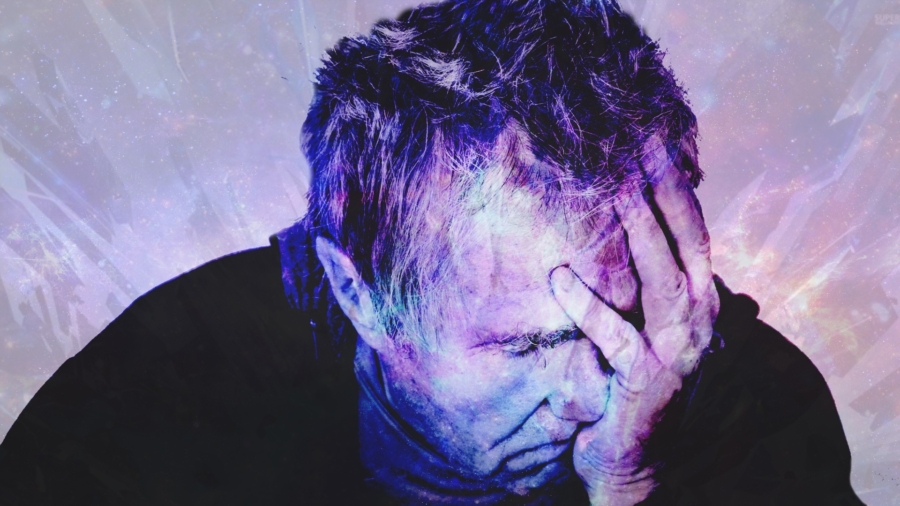
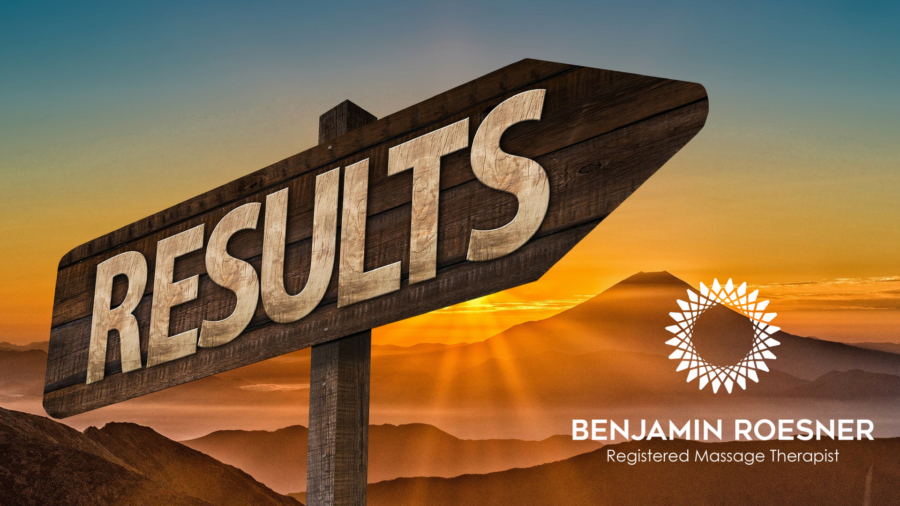
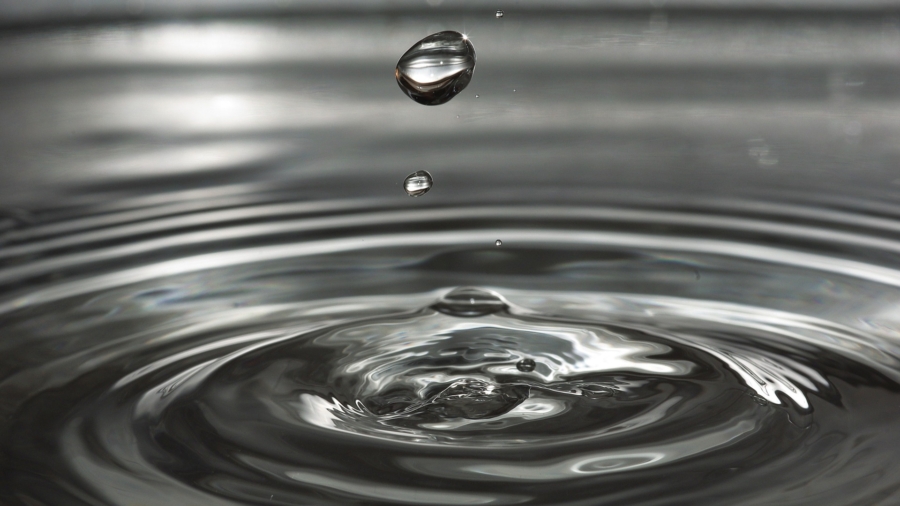
 As it mentions above, it is the physical properties of water that are used and manipulated with the intent of producing a therapeutic effect on the body. There are many different types of hydrotherapy but almost all of them use hot and cold to do their work on the body. One would think the term Thermal Therapy would have been more appropriate (spoiler – google says this is already a thing). The reason that water is most often used to apply the desired temperature is because water has a heightened ability to both retain a specific temperature (heat capacity) and transfer that temperature to another object (conductivity). It is the same reason why falling into +1C water is far more dangerous than being exposed to -25C air temperatures.
As it mentions above, it is the physical properties of water that are used and manipulated with the intent of producing a therapeutic effect on the body. There are many different types of hydrotherapy but almost all of them use hot and cold to do their work on the body. One would think the term Thermal Therapy would have been more appropriate (spoiler – google says this is already a thing). The reason that water is most often used to apply the desired temperature is because water has a heightened ability to both retain a specific temperature (heat capacity) and transfer that temperature to another object (conductivity). It is the same reason why falling into +1C water is far more dangerous than being exposed to -25C air temperatures.
